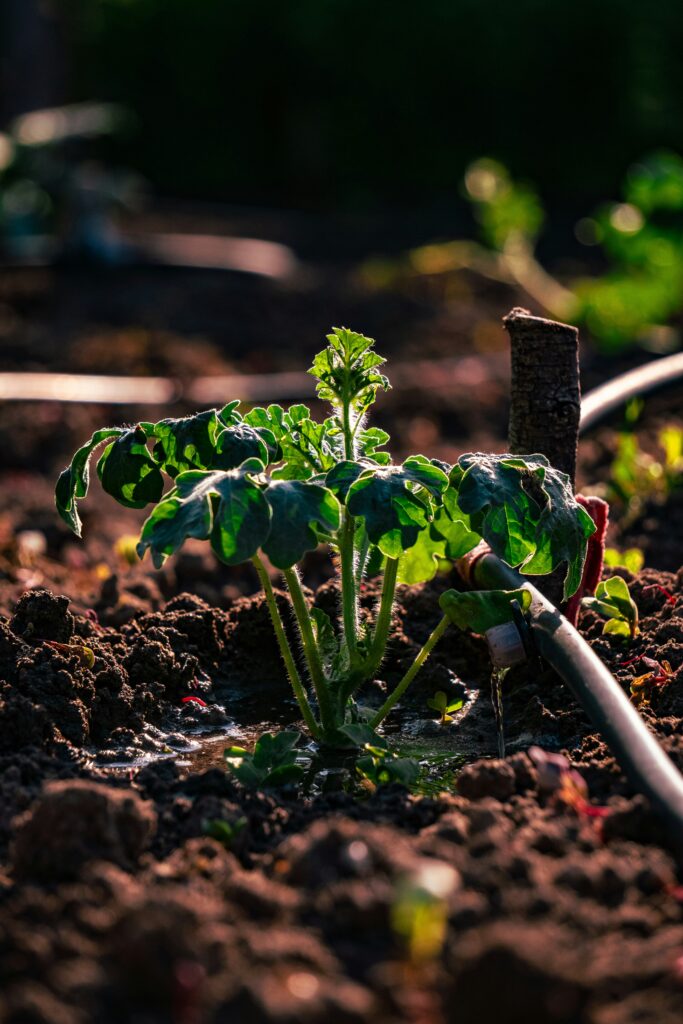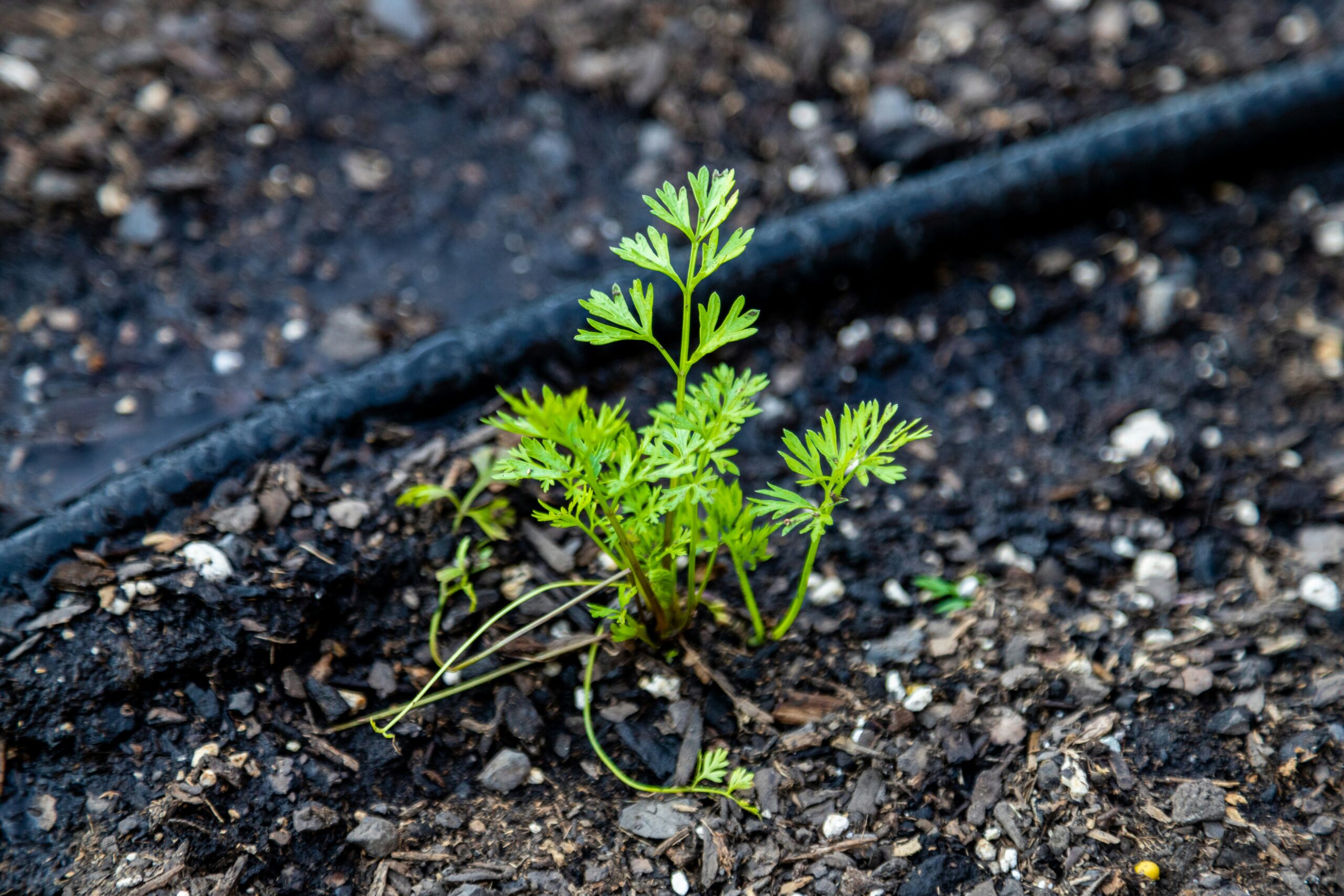Water-Saving Tips, Kits & Automatic Options for British Gardens

Introduction
Watering can feel like one of those endless garden jobs. Whether you’ve got raised beds, pots, or a full allotment, keeping plants hydrated in the UK’s unpredictable weather is tricky. That’s where a drip irrigation system UK gardeners love — or a simple automatic irrigation kit — comes in, delivering moisture right to the roots.
With summers getting hotter and hosepipe bans becoming more common, many gardeners are looking for ways to use water more efficiently. Installing a drip irrigation system in the UK isn’t just about saving effort – it’s about protecting your plants during dry spells and making sure they thrive all season.
In this guide, I’ll show you exactly how to set up a drip irrigation system in the UK. Don’t worry – it’s easier than it sounds, and once it’s running, you’ll save both water and time.
How does drip irrigation compare to sprinklers or watering cans?
Traditional sprinklers tend to waste water by spraying paths, leaves, and areas that don’t need it. Watering cans can get the job done, but they’re time-consuming and often leave some plants overwatered while others are missed.
By contrast, a drip irrigation system UK gardeners install delivers water gently and consistently right at the base of each plant, where it’s most effective.
What You’ll Need for Your Drip Irrigation System UK
To set up a small system, you’ll need:
- Main hose/pipe – runs from your tap or water butt
- Connector/adaptor – attaches the hose to your pipe
- Drip emitters or soaker hose – deliver water at the roots
- Clips or stakes – hold the pipe in place
- (Optional) Timer – automates watering when you’re away
💡 Beginner tip: You can buy ready-made drip irrigation kits in the UK with everything included, or piece one together yourself using standard 13mm hose and separate emitters.
Step-by-Step: How to Set Up a Drip Irrigation System UK Garden Style
1. Plan Your Layout
Decide what you’re watering – raised beds, a row of tomatoes, or patio pots. Sketch your garden layout so you know where pipes should run.
2. Connect to Your Water Source
Attach the connector to your outdoor tap or water butt. Push the main pipe firmly onto it. Some kits include washers to stop leaks.
3. Lay Out the Pipe
Run the pipe along the rows of plants. Secure it with clips or pegs. For pots, loop it so every container gets a line.
4. Add Drip Emitters
Punch a small hole in the pipe where each plant is, then insert a drip emitter. For raised beds, you can also cut the pipe and add a soaker line.
5. Test the System
Turn on the water slowly. Check each emitter is dripping. Adjust if needed – sometimes they need a wiggle to start flowing.
6. Automate (Optional)
Add a simple timer to your tap. Set it for early morning or late evening, when less water evaporates. Perfect for holidays or busy weeks.
Maintenance Tips
- Flush the system occasionally to prevent clogs
- Check connectors for leaks
- Drain and store pipes in winter to avoid frost damage
- Use a small inline filter if you’re connecting to a water butt – this stops debris clogging emitters.
- Replace worn emitters every few seasons. Most last 3–5 years with proper care.
Final Thoughts
A drip irrigation system UK gardeners can install is one of the simplest upgrades you can make. It keeps plants healthy, saves water, and frees you from endless watering chores. Once you try it, you’ll wonder how you ever managed without it.
👉 If you’d like to start today, take a look at these Drip Irrigation Kits on Amazon UK.
As an Amazon Associate, I earn from qualifying purchases. This comes at no extra cost to you and helps keep HomeGrower running.
If you’re interested in green houses and polytunnels, why not check out our guide to the Top 10 Best Small Greenhouses and Polytunnels.
Looking for more self-sufficiency and gardening guides? Visit HomeGrower to explore all our latest indoor and outdoor growing tips.
Do I need a pump for drip irrigation?
Not if you connect to a tap. For rainwater butts, a pump may be required.
Can I use drip irrigation in a polytunnel or greenhouse?
Yes – it’s ideal. You’ll water the soil directly and avoid damp leaves that attract mould.
How much water does a drip irrigation system save?
Up to 70% compared to overhead watering, especially in hot summers.
Is drip irrigation allowed during hosepipe bans?
In many parts of the UK, yes. Water companies often exempt drip irrigation because it’s highly efficient.
Do drip or micro irrigation systems work well in the UK?
Yes, both drip and micro irrigation systems work perfectly in the UK’s mild, changeable climate. They deliver water slowly and directly to plant roots, keeping soil consistently moist without waste.
What is the best drip irrigation kit UK gardeners can buy?
Look for kits that include a 13 mm main hose, adjustable drippers, and a timer for automatic watering. Reliable UK brands such as Hozelock and Gardena offer long-lasting, easy-to-set-up options.
Can I connect a drip irrigation system to a rainwater butt?
Yes. Use a water-butt connector with a small filter to stop debris, and consider a 12-volt pump if water pressure is low. It’s an excellent way to recycle rainwater efficiently.
How often should I run my automatic watering system?
In the UK, most gardens do best with short watering sessions early morning or late evening. Around 15–30 minutes every two days usually keeps soil evenly moist without over-watering.
